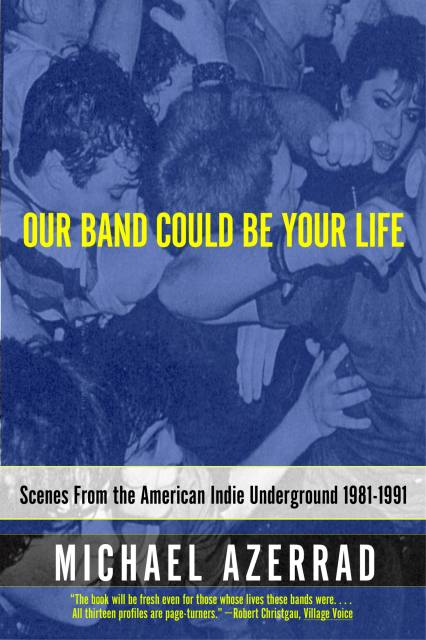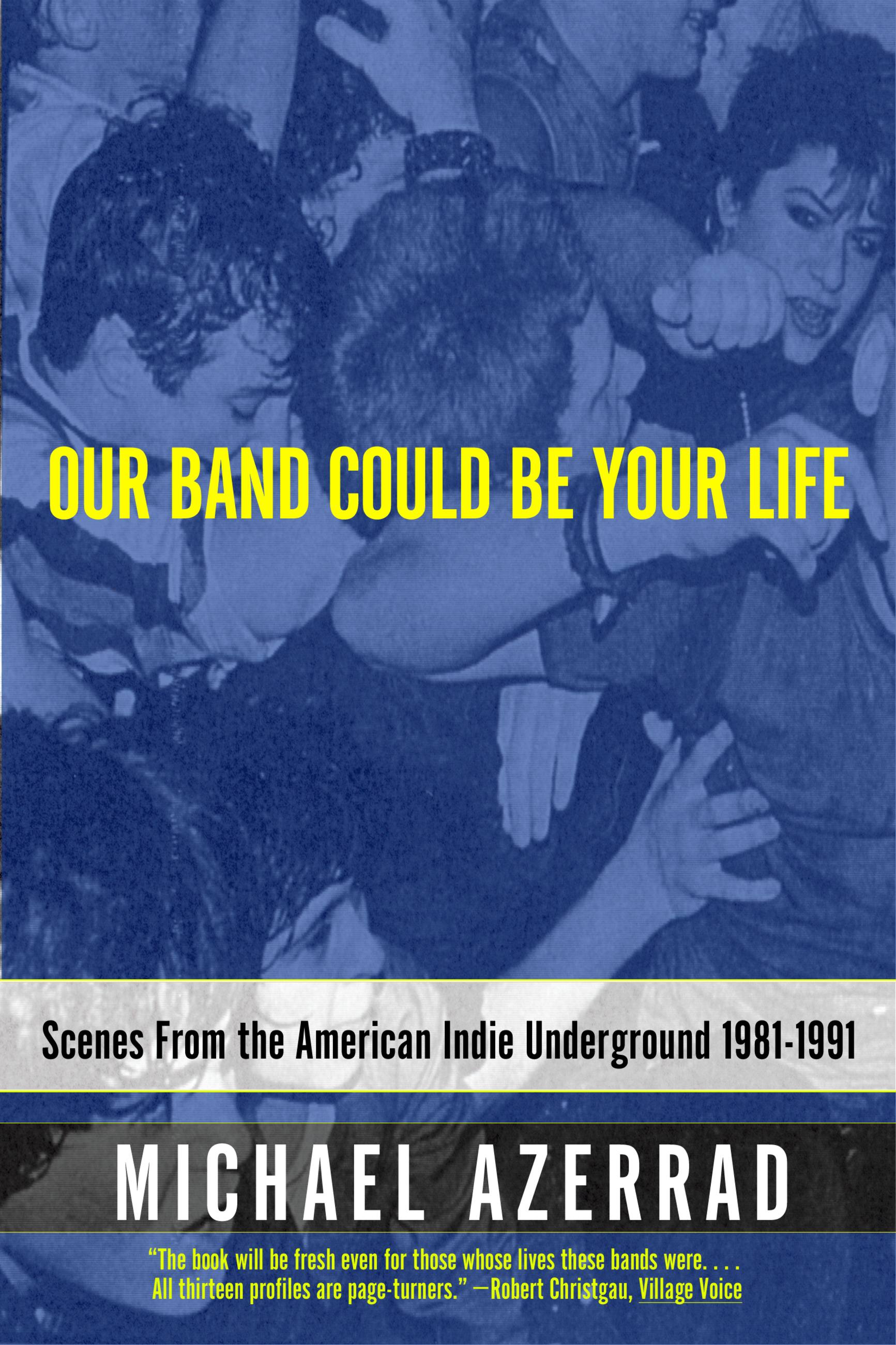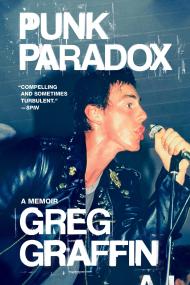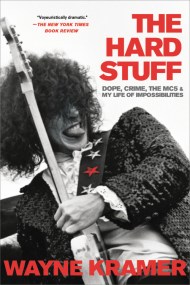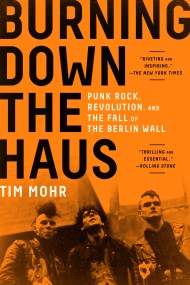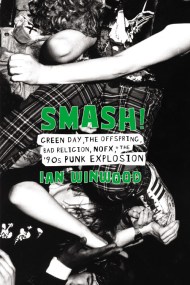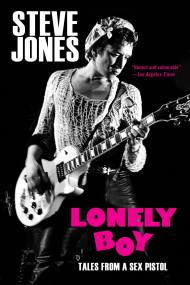Promotion
Use code MOM24 for 20% off site wide + free shipping over $45
Our Band Could Be Your Life
Scenes from the American Indie Underground, 1981-1991
Contributors
Formats and Prices
Price
$11.99Price
$15.99 CADFormat
Format:
- ebook $11.99 $15.99 CAD
- Audiobook Download (Unabridged)
- Trade Paperback $22.99 $29.99 CAD
This item is a preorder. Your payment method will be charged immediately, and the product is expected to ship on or around December 1, 2012. This date is subject to change due to shipping delays beyond our control.
Also available from:
The definitive chronicle of underground music in the 1980s tells the stories of Black Flag, Sonic Youth, The Replacements, and other seminal bands whose DIY revolution changed American music forever.
Our Band Could Be Your Life is the never-before-told story of the musical revolution that happened right under the nose of the Reagan Eighties — when a small but sprawling network of bands, labels, fanzines, radio stations, and other subversives re-energized American rock with punk’s do-it-yourself credo and created music that was deeply personal, often brilliant, always challenging, and immensely influential. This sweeping chronicle of music, politics, drugs, fear, loathing, and faith is an indie rock classic in its own right.
The bands profiled include:
- Sonic Youth
- Black Flag
- The Replacements
- Minutemen
- Husker Du
- Minor Threat
- Mission of Burma
- Butthole Surfers
- Big Black
- Fugazi
- Mudhoney
- Beat Happening
- Dinosaur Jr.
Genre:
-
"Altogether rockin'...Azerrad's coup here is in getting most of the major players to talk...A scrapbook from the last time music mattered."Patrick Beach, Austin American-Statesman
-
"A timely reminder that Cobain and company were merely a key regiment in the motley alt-rock army...Our Band Could Be Your Life narrates, down to the homemade posters and tour van repairs, how these bands gradually built up an audience large enough to make record labels and critics take notice."Benjamin Nugent, Time.com
-
"In the decade Azerrad covers, indie America proved that world-class rock could be created outside corporate structures...Our Band Could Be Your Life passionately resurrects thirteen indie groups...Azerrad is adept at drawing out musicians' war stories -- and this bare-bones movement was full of them."Eric Weisbard, New York Times Book Review
- On Sale
- Dec 1, 2012
- Page Count
- 528 pages
- Publisher
- Little, Brown and Company
- ISBN-13
- 9780316247184
Newsletter Signup
By clicking ‘Sign Up,’ I acknowledge that I have read and agree to Hachette Book Group’s Privacy Policy and Terms of Use
